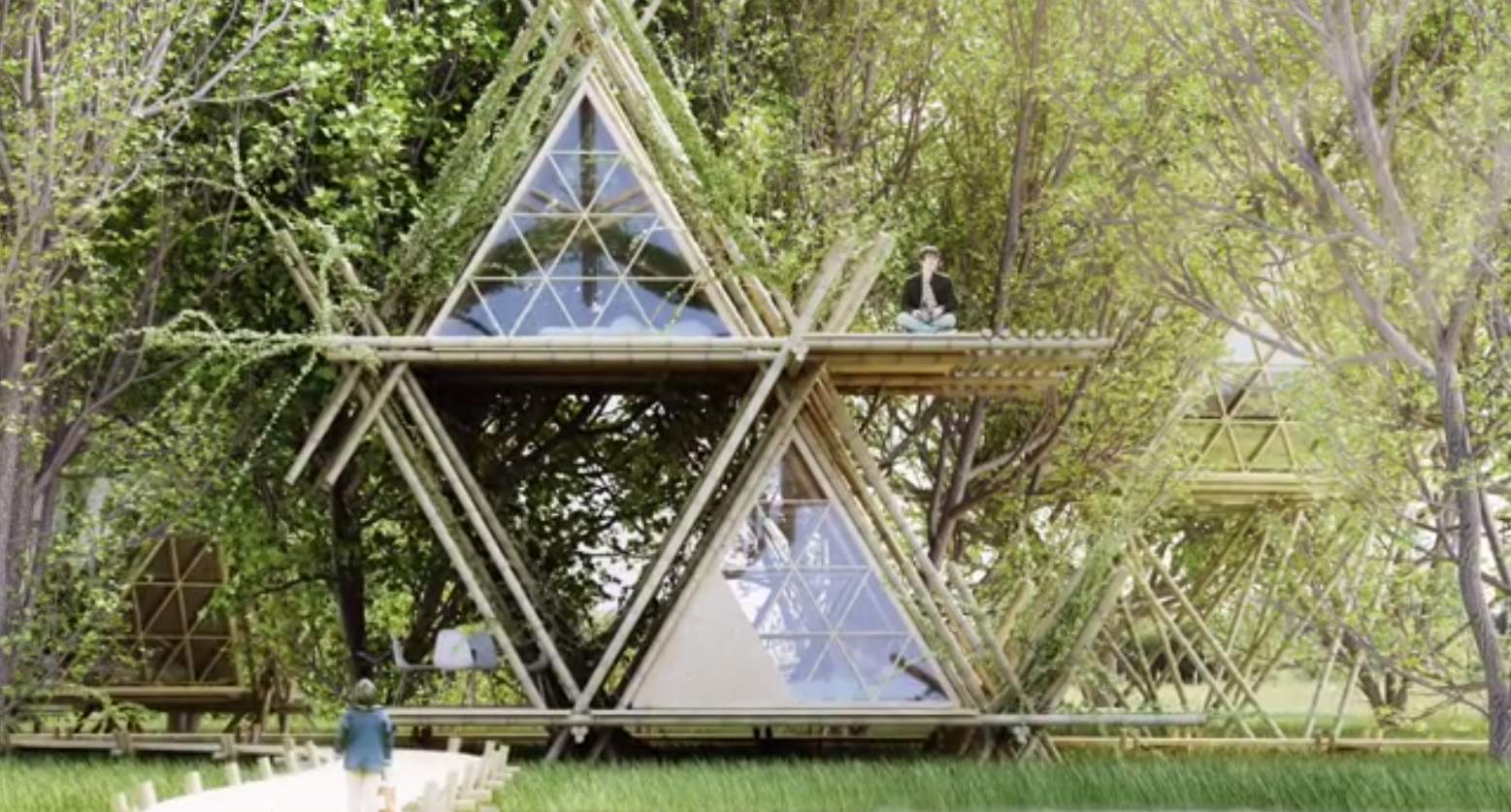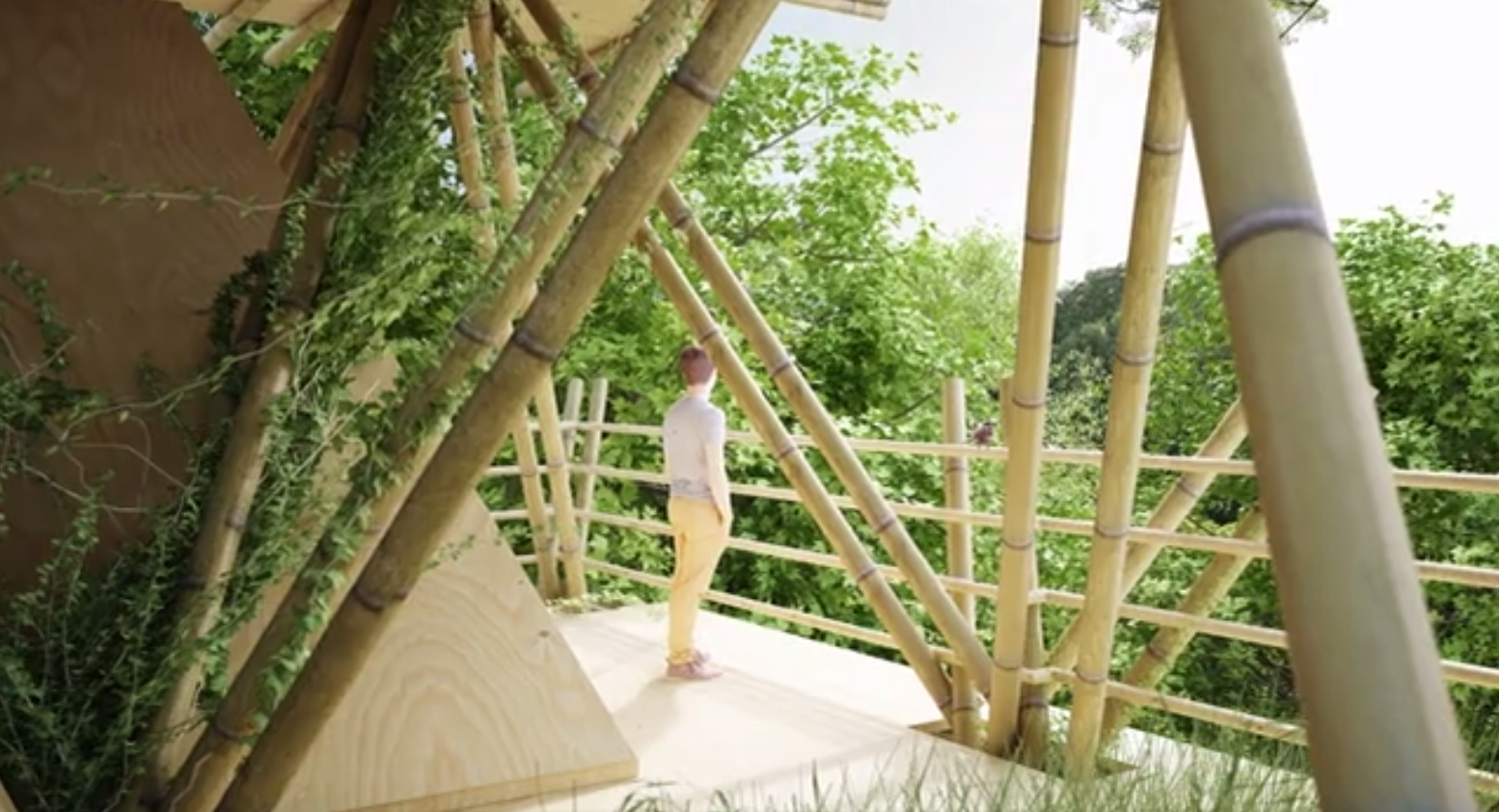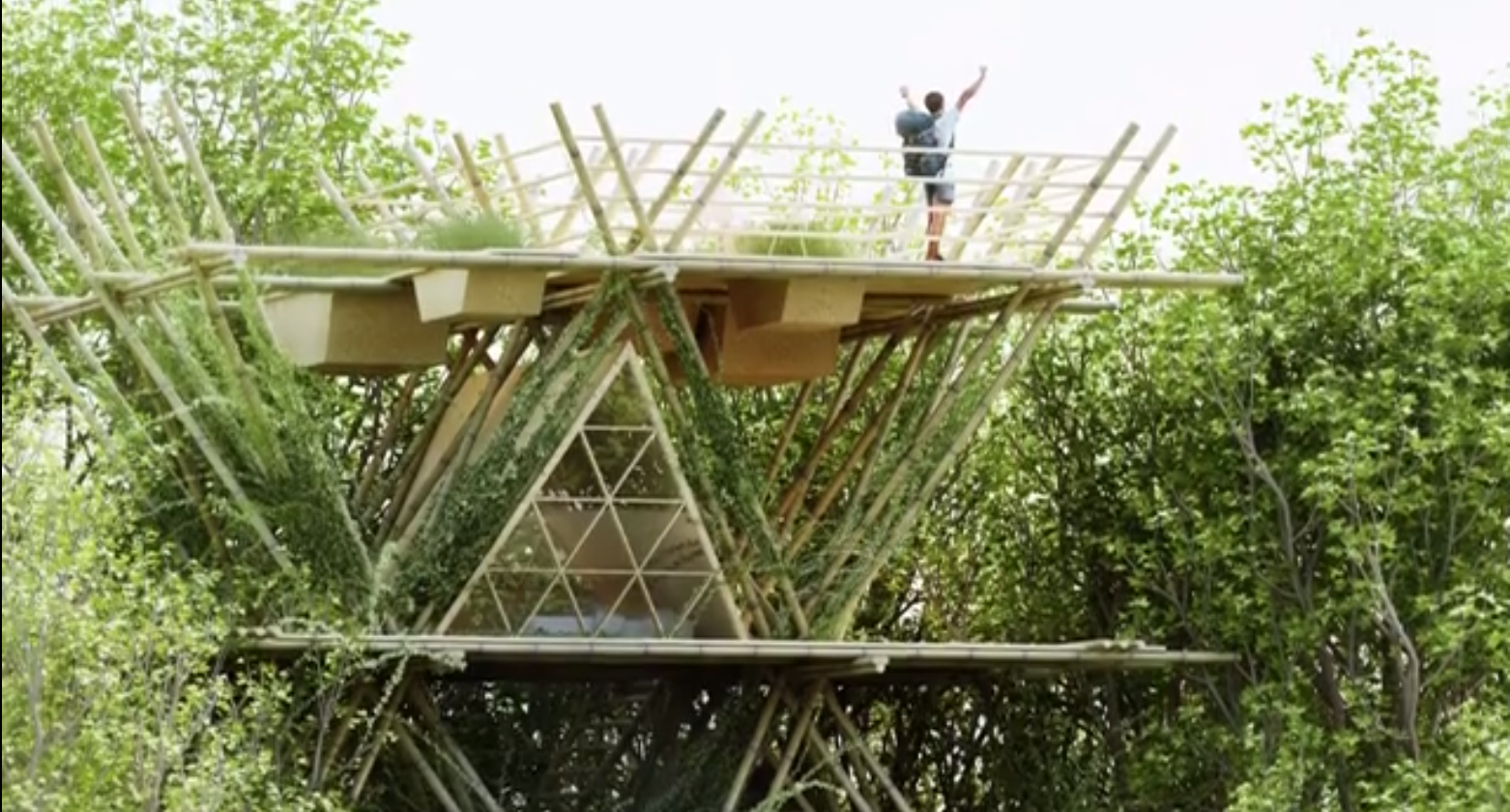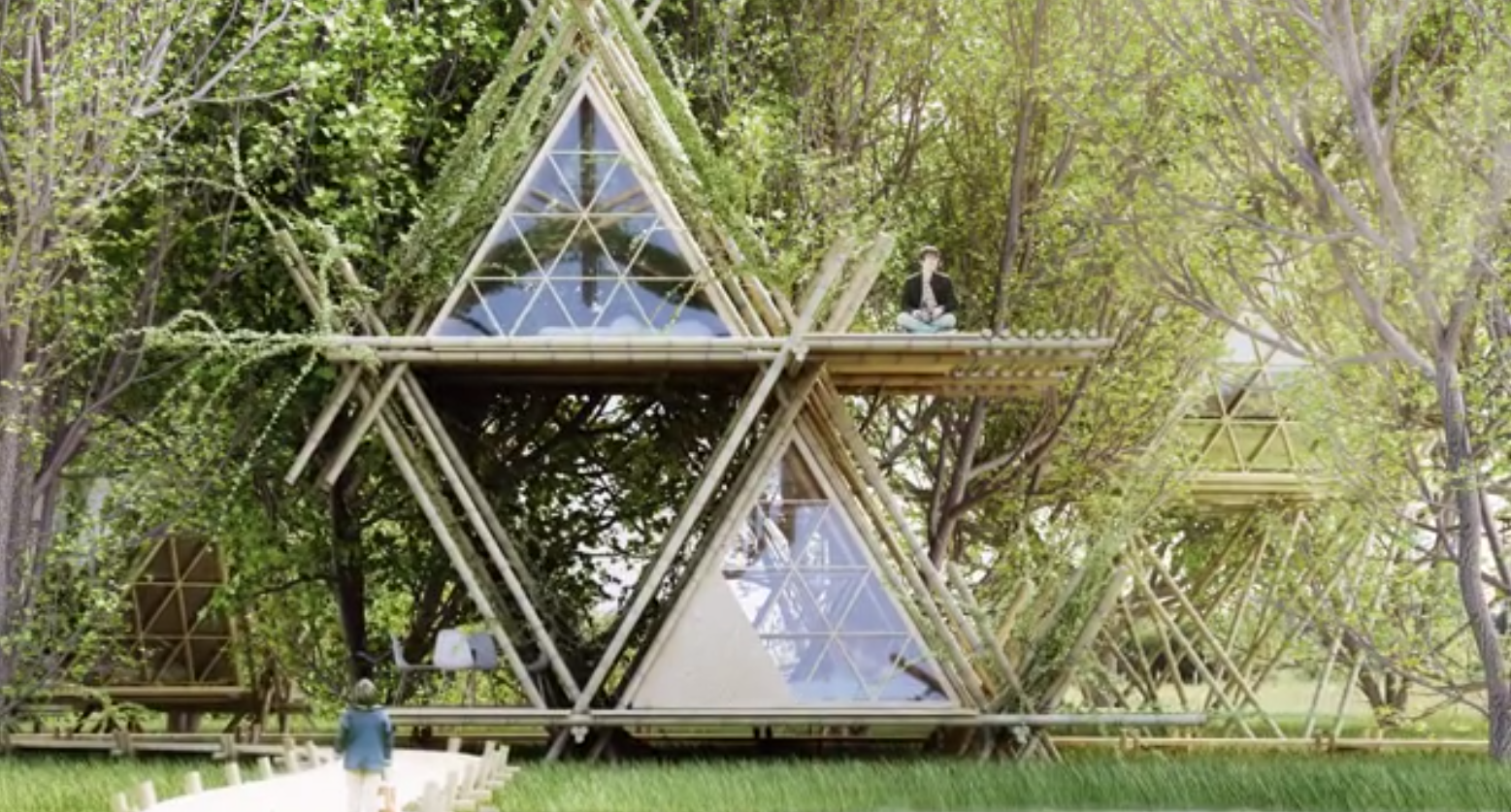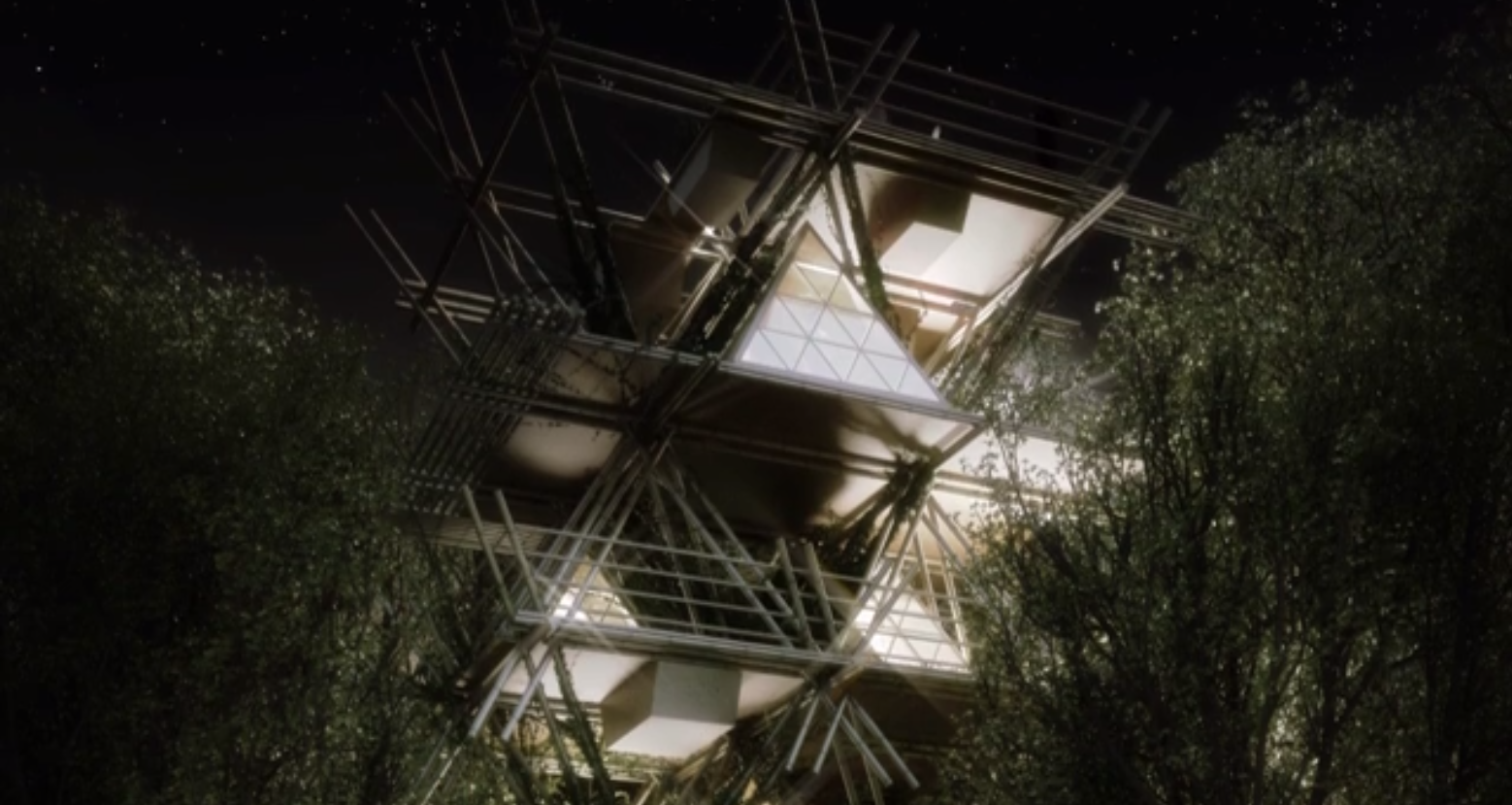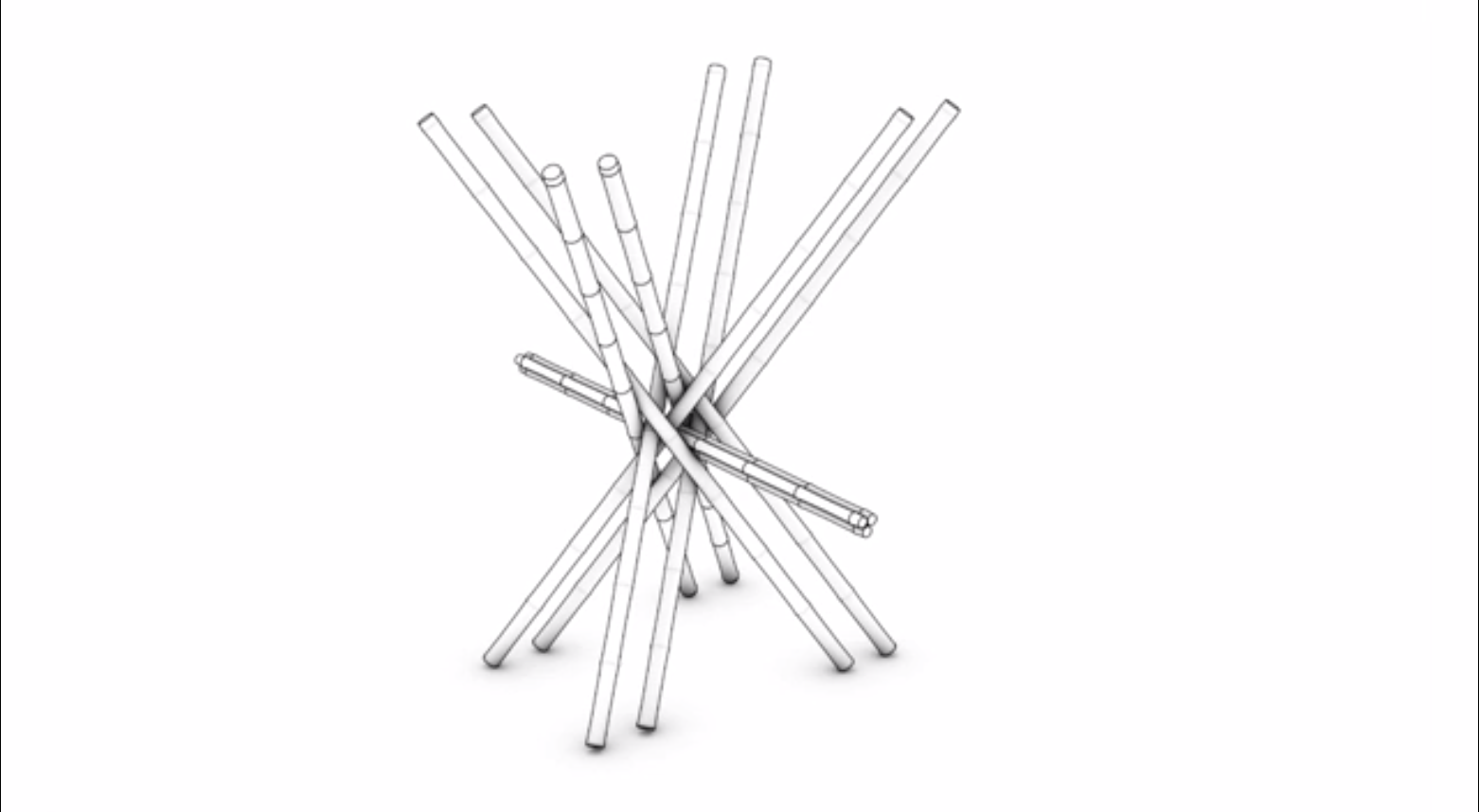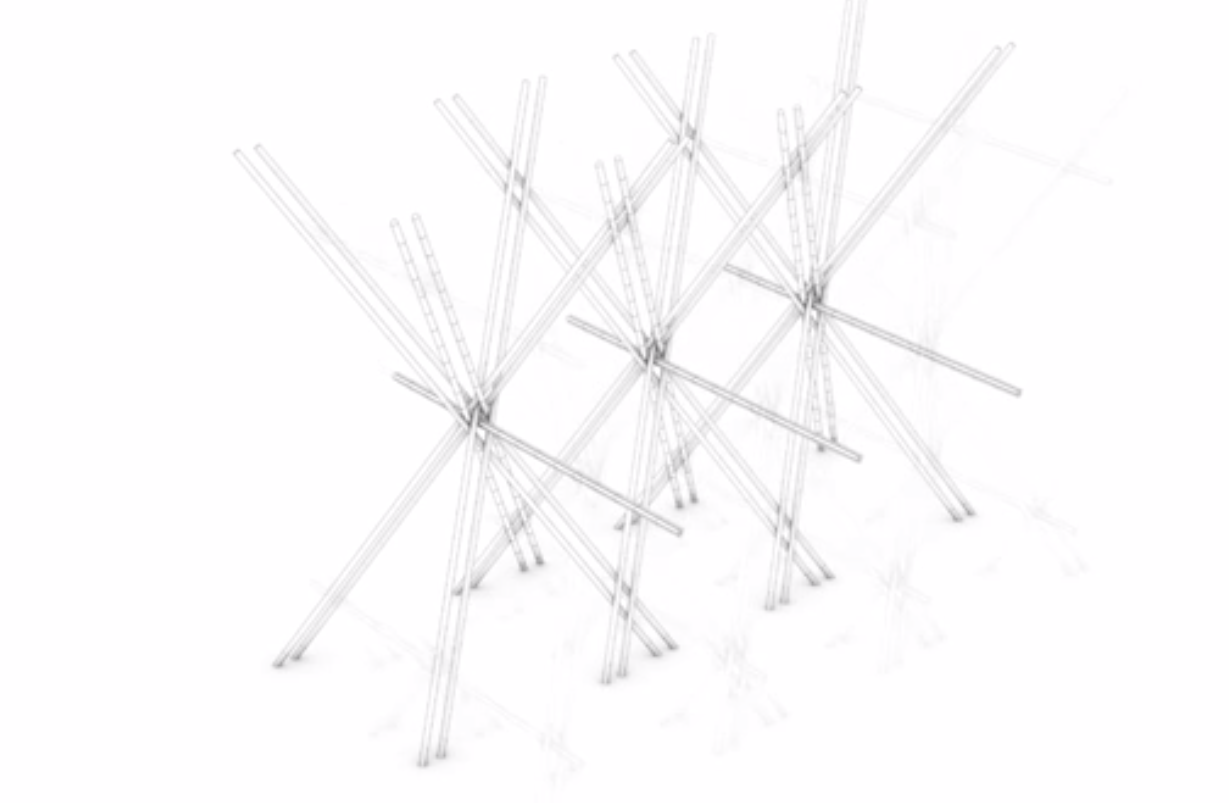Flexible, versatile and sustainable–these words best describe the bamboo structure design by Beijing-based design cooperative Penda.
Dezeen reports that the design was made for the AIM Legend of the Tent competition in China, with the prompt to develop low-impact tent themed-hotels with a closer connection to the outdoors
Inspired by how tipis of the Great Plains Native American peoples were constructed, the bamboo structure is a triangular, lightweight building that can easily be expanded vertically or horizontally.
Bamboo, both easy to grow and is an readily available, native plant in China, was chosen because of its sustainability.
Find out more about the design in this interview with Dezeen.
Related Stories
| Aug 19, 2011
Enhanced acoustical design
Ambient noise levels in some facility types are trending up and becoming a barrier to clear communication between building occupants.
| Jul 22, 2011
The Right Platform for IPD
Workstations for successful integrated project delivery, a white paper by Dell and BD+C.
| Jul 22, 2011
High-performance windows and doors
Learning objectives After reading this article, you should be able to: Understand issues of thermal performance and energy efficiency in relation to window and door systems; describe optimal detailing of the window-wall interface and how it contributes to building performance, sustainability, and occupant well-being; understand how durability contributes to sustainable windows/doors; and list sustainable O&M requirements for window and door systems.
| Jul 21, 2011
Falling Architecture Billings Index reflects decrease in design demands
This months Architecture Billings Index (ABI), provided by the American Institute of Architects, is almost a full point lower than last month’s reported score. June’s reading of 47.2 was short of the required 50 to achieve billings increases, making July’s reading of 46.3 an unwelcome sign of market tidings.
| Jun 29, 2011
New leadership role for architects in net-zero design
BD+C Editorial Director Rob Cassidy talks with RNL Design's Tom Hootman, AIA, about the changing role of architects in net-zero designs.


